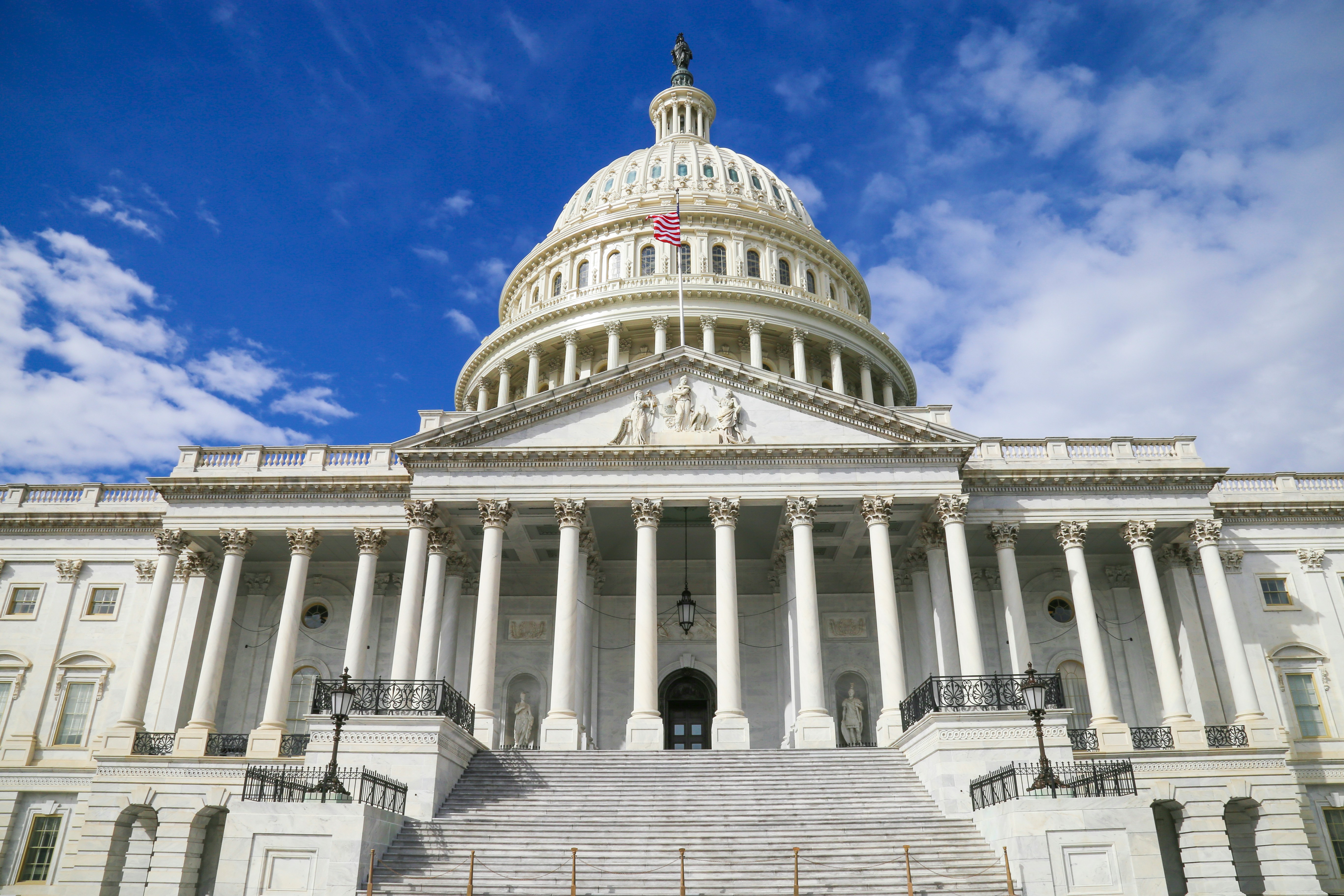You see solar panels everywhere: on rooftops, on car canopies, on compacting trashcans, on outdoor lamps, on spacecraft, and in solar farms like the one Altus Power owns and operates in Kapolei, HI. But what is solar energy, and how does solar energy work? How do those panels convert sunlight to electricity?
For starters, solar energy is a vast resource — even the most abundant energy resource on earth, according to the National Oceanic and Atmospheric Administration. In fact, the NOAA adds, the Sun provides 173,000 terawatts of solar energy to the Earth continuously, an amount more than 10,000 times the world’s total energy use. And that energy will be available for the lifetime of the Sun. “It's finite, but we're talking billions of years,” MIT physics professor Washington Taylor said in a 2011 MIT News article.
What is solar energy?
Solar energy involves the harnessing of heat and light from the Sun to generate warmth and electricity. Systems for harnessing solar energy be passive or active.
Passive solar techniques include passive solar heating systems, which use the location, orientation, and construction materials of a building to control that building’s interior temperature, as the Environmental and Energy Study Institute explains.
Active solar techniques, meanwhile, include photovoltaic cells, concentrated solar power, and solar water heating. Photovoltaic cells use semiconductor material to convert sunlight into electricity. Concentrated solar power uses an array of mirrors to concentrate sunlight into receivers that convert the light into heat, which can then power turbines and generate electricity. And solar water heaters use solar collectors to heat water for households, commercial buildings, and swimming pools.
How does solar energy work?
Of the solar technologies listed above, photovoltaic (PV) cells might be the hardest to understand: How do those cells take in sunlight and put out electricity anyway?
As the U.S. Energy Information Administration explains, PV cells are made up of semiconductor material, typically silicon, that can absorb the photons — or particles of solar energy — of sunlight. When those photons are absorbed, electrons become dislodged — or “freed” — from the semiconductor material.
But in the case of silicon PV cells, there’s already an internal electric field, since a layer of n-type silicon is placed next to a layer p-type silicon, according to the American Chemistry Society. N-type silicon has an excess of electrons, while p-type silicon has an excess of holes. At the junction between the two layers, electrons fill in the holes, leaving negatively charged ions on one side and positively charged ions on the other.
Because of this electrical field, freed electrons are drawn to the n-side, while the holes they leave behind are drawn to the p-side. With an electrical imbalance between the two sides, conductors channel the electrons from the n-side, through a circuit that includes an external load like a battery, and back to the p-side, where the electrons fill in holes and the cycle begins anew.
What are the advantages of solar energy?
Though the creation of PV cells can be expensive and energy-intensive, solar energy use has definite advantages. The U.S. Energy Information Administration notes that the use of solar energy can have an indirect benefit to the environment by reducing or replacing more harmful energy sources.
For example, renewable energy like solar energy can reduce or replace energy derived from fossil fuels. An NREL study found that if the western United States got 35% of electricity from wind and solar, carbon emissions would drop by 25-45%, which is the equivalent of taking approximately 22 to 36 million cars off the road.
Solar energy can also “improve air quality, reduce water use from energy production, and provide ecosystem services for host communities through carbon sequestration, pollination, and ground and stormwater management,” according to the U.S. Department of Energy’s Office of Energy Efficiency & Renewable Energy.
In its 2011 book Solar Energy Perspectives, the International Energy Agency stated that the development of “affordable, inexhaustible, and clean” solar energy would have huge benefits. “It will increase countries’ energy security through reliance on an indigenous, inexhaustible and mostly import-independent resource, enhance sustainability, reduce pollution, lower the costs of mitigating climate change, and keep fossil fuel prices lower than otherwise,” the agency contended. “These advantages are global.”
Interested in getting started with Community Solar?
Reduce your electricity costs and help your community go green with Community Solar.





